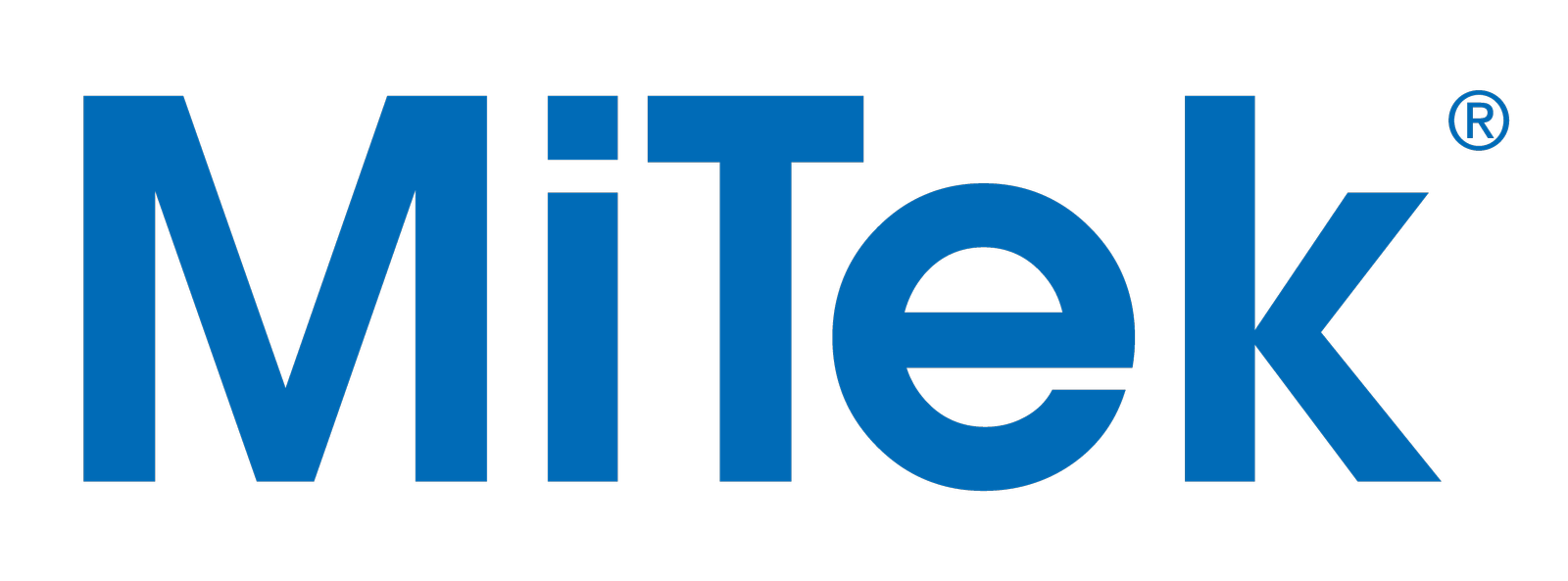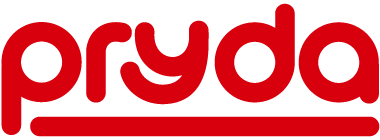This piece was written by FTMA’s Kat Welsh.
How We’re All Part of the Solution
Underneath it all, everybody wants to feel valued, appreciated, and respected. It’s where we base our self-worth in the world. Sometimes though, our need to be part of something, blocks us from acknowledging if that something is unhealthy. Behaviour research concludes that herd mentally is instinctive for humans trying to fit in, even if the behaviour is less than ideal. Sometimes it pays to be the black sheep!
We get caught up in pack mentality. If the workplace culture operates on levels that involve creating or increasing those psychosocial hazards (yep, you’re probably sick of hearing that phrase!), sure some of the work might get done, but nobody’s going to take pride in what they’re doing, care-factors will go down, things will take longer, and also, anyone with the best intentions can get caught up in negative behaviour and replicate the issues further – to keep being part of the pack.
In last month’s newsletter article, we looked at the C.A.R.E. principles, and the PERMAH values, why it even matters, and a few questions to make us think about the way in which we work. This time we’re going to focus on framework Dr. Michelle McQuaid incorporates, the Me, We, Us template.
For good work place culture – while strong leadership and hierarchy are crucial – individuals, the Me‘s, need to be responsible for themselves as well. It is all intertwined. Sometimes you can only have control over what you can do. Being responsible for what you do or don’t do, makes a difference to everyone.
ME
Something that came up for me as I was doing the Certificate in Leading Safety and Care, was what I am responsible for as part of the team. Being new to the role with FTMA, and new to the industry was an exciting leap into something new – I love learning! Being a remote working team, has meant making sure I am connected to what I am doing independently and with the team, and asking myself, am I doing it right, am I taking my work in the correct direction? While a lot of people reading this won’t be working remotely, these are the same concerns everyone has going into a new job. A workplace needs to provide guidance for new starters, and Me’s also need to self-evaluate and reach out if they have any questions. These are queries that we could be asking ourselves on a regular basis, new starter or not.
The C.A.R.E. principles can also be applied to ourselves as individuals. How do we show C.ompassion, A.ppreciation, R.esponsibility, and E.motional Wisdom for ourselves?
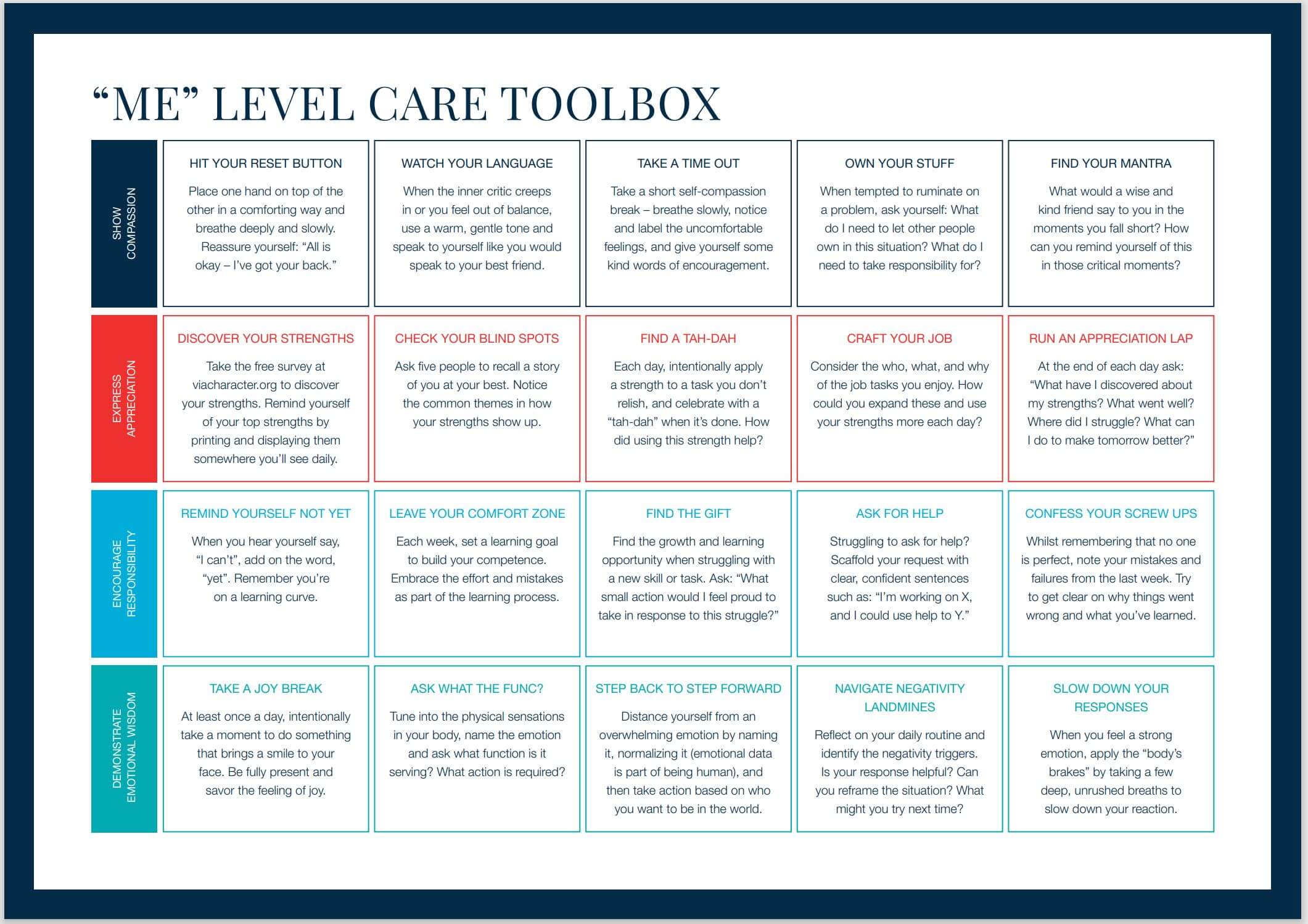
These are ideas that The Leaders Lab (TLL) have come up with. Breaking it down, this is about self-care and awareness. It could be applied to everything in life, not just work. It’s designed to consciously look at how you’re feeling, recognising where you are at, what can be done next, and reflecting on what you are doing well. Something I have found useful to implement from the above, is the ‘tah-dah’ moment. “Each day, intentionally apply a strength to a task you don’t relish, and celebrate with a ‘ta-dah’ when its done. How did using this strength help?” (TLL).
The other thing we can do at the Me level, is apply the safety check chat questions from the last article –
- What’s working?
- What are we struggling with?
- What can we try?
- What can we learn from it?
Doing this on an individual level can help us process something that isn’t working for us, and come up with a plan for how to move forward. It is something everyone should be able to do for themselves, with any of aspect of life. In the work place, there may be certain functions and roles that we won’t have full control over, it might not be up to us ultimately to be decision makers, but we have the ability to give input into what we feel could make something better. It might be something you approach your team leader about, and something that team leaders can encourage employees to do on a regular basis.
Which leads into the;
WE
“Researchers have found that when relationships at work are strained, the brain’s threat system is more likely to be triggered. This sets off a fight-or-flight stress response, creating a surge of cortisol and fearful energy that primes us for self-defence and makes us vigilant for signs that things are going poorly. As a result, our emotional and cognitive capacities tend to become exhausted, impairing our ability to learn, solve problems, and collaborate successfully.” (TLL). This is what’s known as an amygdala response.

As well as C.A.R.E at the Me level, the above is C.A.R.E at the We level. It’s helping us to think about how we all connect as team members so we are collaborating – not triggering stress. The above are ways TLL suggest to incorporate this into your team, as a leader, and also as an employee. Because as we all know, team work makes the dream work! Looking out for each other, acknowledging what we all do well, and working out how we can move forward together, gives everyone a sense of input, value, and appreciation.
Understandably, a lot of businesses are struggling with lack of employees, and trying to get the job done and out the door. For some, it sounds exhausting or unnecessary to try and add in something else. But making time for employees and the team to bond, hang out without the immediate pressures of work, and develop connections, is incredibly important to securing a sense of comradery, inclusivity, and strength. United we stand, divided we fall.
How can this function in the workplace? It could be team strategy meetings, themed BBQs at the end of the month, workplace rewards and acknowledgement, team building afternoons. Ask staff what they would enjoy and get everyone involved.
The impact for the work, will be better communication, attendance rates, job satisfaction, productivity, and enthusiasm. It will build the company. Which leads into;
US
“Studies have repeatedly found healthy workplace cultures foster employee commitment, lower risk, improve productivity, enhance brand reputation, and support an organisation’s overall success and sustainability. These benefits have a bottom-line effect of reducing costs and increasing revenue. As a result, data-driven financial analysists acknowledge that culture is a critical factor for long-term financial success and 78% of Fortune 1000 CEO’s and CFO’s view culture as one of the top 3 factors affecting their firm’s value.” (TLL).
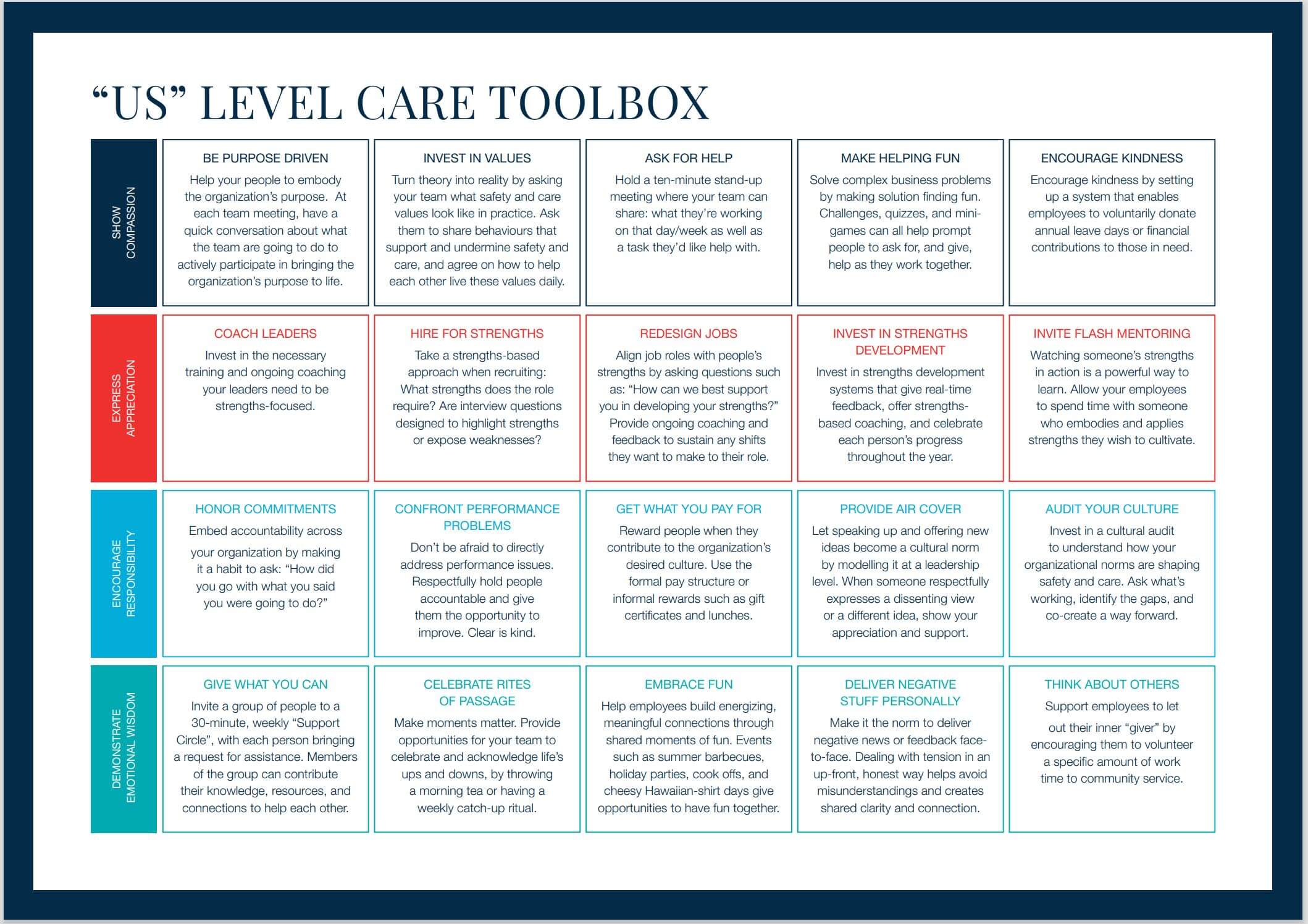
Us, as a collective implies togetherness, the whole, the culture. Incorporating individuals and teams into the picture to be solution focused will create the Us, and what it stands for. Good culture connects to the mission and strategic goals of the organisation. Bad culture muddies the water.
The 4Rs of Culture
To finish this off, the 4Rs represent how to embed C.A.R.E and continuous support for positive culture into the daily pattern.
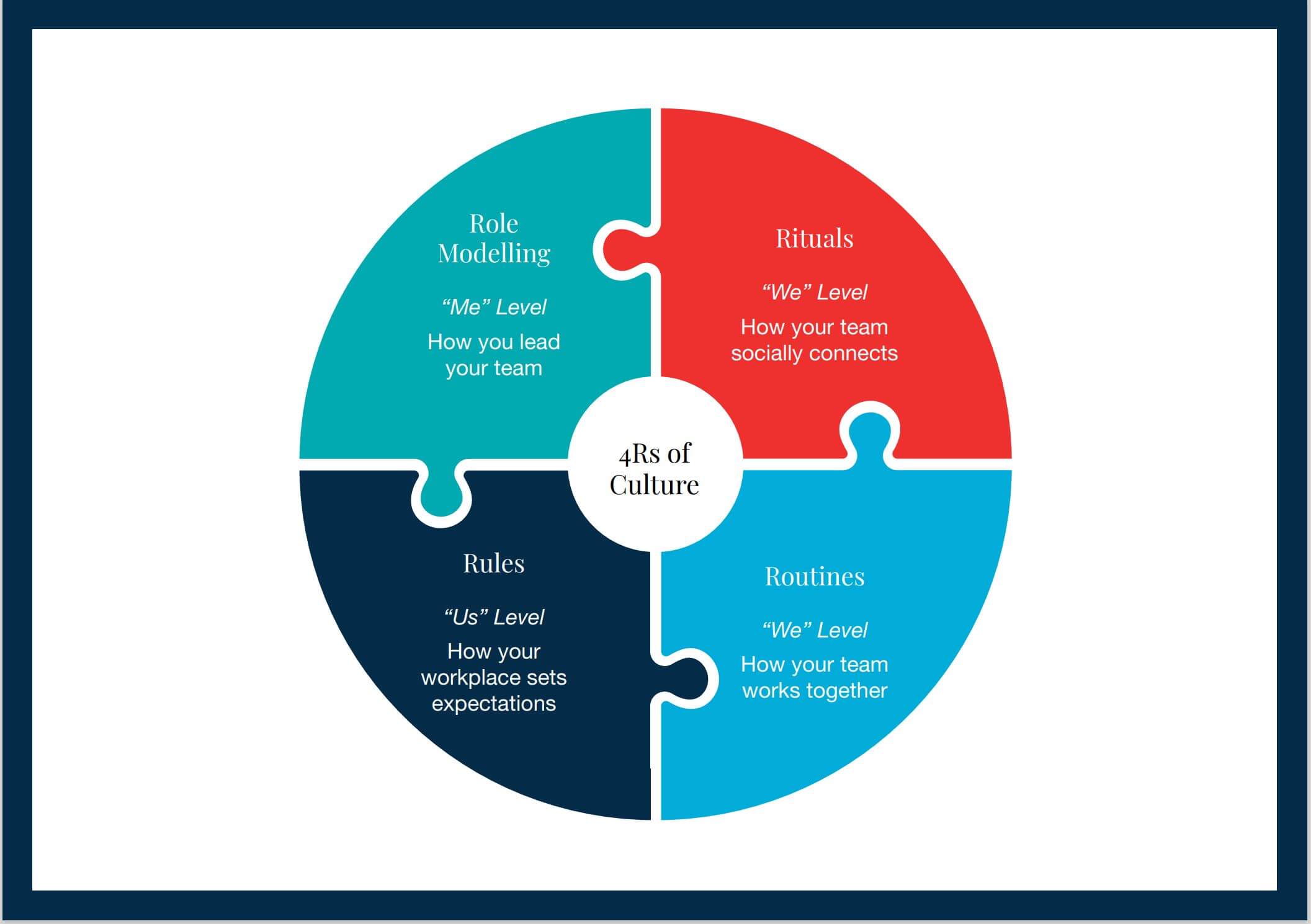
Being a team leader, like parenting, is not necessarily about giving a command and expecting your kids to do it – it’s about Role Modelling respect, self-care, responsibility, and care to others. Sometimes it might feel like it takes longer to get something done, than barking a command at your kids. But role modelling rubs off, it changes things, and it forms a stronger cohesion ongoingly.
TLL offers this advice;
- Admit you might not know what the best solution is
- Allow your team to have input into problem solving
- Create solutions together
Rituals, defined by TLL, use significant events as a reason to connect the team in a social sense. It regularly allows the team to be more than just the job, but share humanity with each other. Some ideas could be celebrating years of service, staff birthdays, staff talks about non-work achievements or hobbies (show and share once a month), or perhaps external excursions. Whatever it is, and it could be multiple things, make sure it keeps happening – not just a once off.
Routines are more around the roles within the workplace – how are staff regularly contributing to staff meetings, accessing opportunities, and engaging in good routines with each role? Routines instilled into a regular pattern then become habits. What’s that saying? Do something for 21 days and it then becomes a habit. Routines require conscious acts to keep them going. When it comes to work, if there’s a clear routine about what’s being done, it will get done quicker.
Finally the Rules. How does the workplace set its expectation of workplace behaviour, culture, and how is it supporting it? It’s important that rules or policies regarding behaviour are well understood, not too complicated, and focused on driving C.A.R.E. at their core – make it meaningful, not tokenistic box ticking. This again is something employees can have input into.
Start With What You Can
The point of all of this, is not to critique and blame, but to genuinely look at how something can be improved, how everyone can have input, and be on board with a progressive pathway. Something that came up for me when doing the wellbeing certificate, after looking at the research and data was that a lot of people tend to put up with things they don’t find great, for a long time – not addressing it nor focusing on it, until it reaches fever pitch. What would be wonderful is if we could evaluate before it reaches crisis point.
Prevention rather than cure. Beginning with Me – whatever your role – is a great place to start. Be the change you want to see. If you don’t evaluate or make changes, you’re deciding everything is ok to stay the same.

Our Principal Partners
